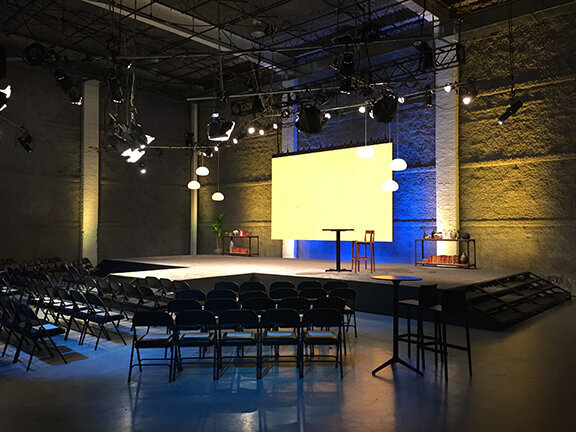Essential Tactics for Maximizing the Durability of Your Light Emitting Diode Wall
Wiki Article
Light Emitting Diode walls are becoming increasingly widely used for multiple applications, from advertising to leisure. To guarantee that these screens operate effectively over time, it is crucial to implement strategies that maximize their lifespan. Comprehending the elements that influence the durability of LED screens can help operators sustain their functionality and avoid unnecessary replacements.
One of the main elements that can extend the lifespan of an LED screen is appropriate setup. It is vital to have a professional team handle the setup procedure to guarantee all parts are properly connected. Poor installation can lead to power issues or mechanical damage. Additionally, the location of the Light Emitting Diode screen should take into account surrounding factors such as sunlight exposure and moisture levels. A properly set up screen in a suitable location will minimize the chance of damage caused by external factors.

Regular upkeep is another key strategy to prolong the lifespan of an Light Emitting Diode screen. This includes regular checks to monitor for any signs of wear or malfunction. Dirt and debris can build up on the top of the Light Emitting Diode panels, affecting brightness and hue quality. Wiping the displays with appropriate materials will help keep ideal clarity. It is also important to monitor the electronics behind the display, ensuring that all links are tight and that there are no heat issues, which can significantly shorten the lifespan of the components.
Power control plays a crucial role in enhancing the longevity of an LED screen. Excess voltage or unstable electricity supply can harm the internal circuitry. To prevent this, using a high-quality electric supply and putting in place overvoltage protection strategies is recommended. Additionally, setting the screen to function at lower luminosity levels when intense brightness is not necessary can reduce stress on the lights. This not only prolongs the durability of the screen but also saves energy, making it a economical option.
In addition, program control can affect the functionality of Light Emitting Diode screens. Consistently refreshing the program that look at this website operates the display ensures that it runs smoothly and includes any essential safety patches. Old program can lead to performance issues and may expose the system to vulnerabilities. Proper scheduling of content can also help in managing the workload of the display, allowing it to rest during non-peak hours, which can contribute to a longer lifespan.
In summary, extending the lifespan of an Light Emitting Diode screen involves a combination of proper setup, routine maintenance, efficient electric management, and diligent program management. By concentrating on these essential tactics, operators can ensure that their Light Emitting Diode screens remain operational and aesthetically appealing for numerous years. Taking preventive measures will not only improve the performance of the Light Emitting Diode screen but also provide a greater return on investment over the years.